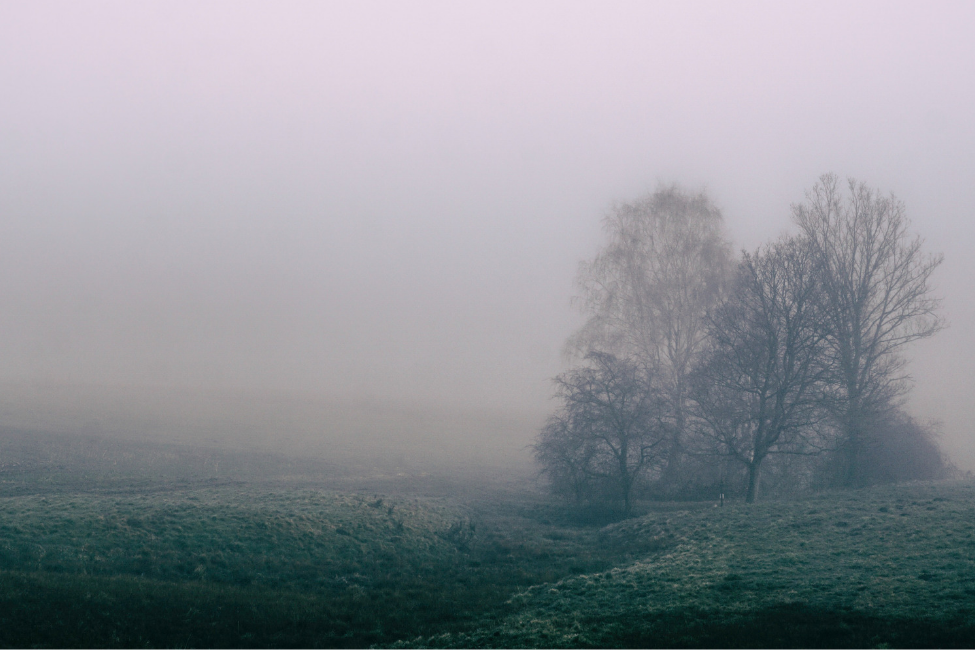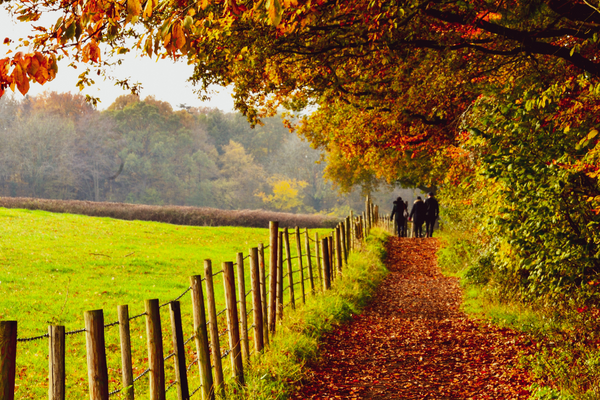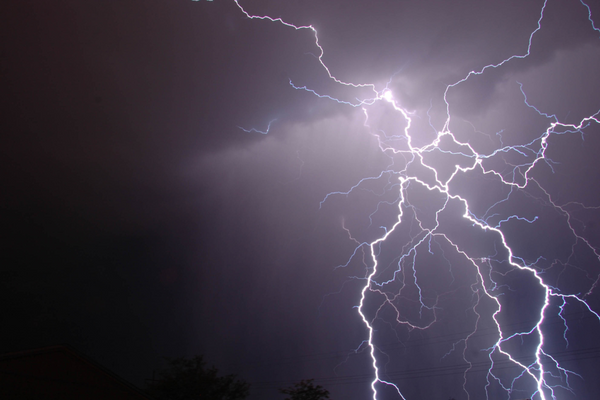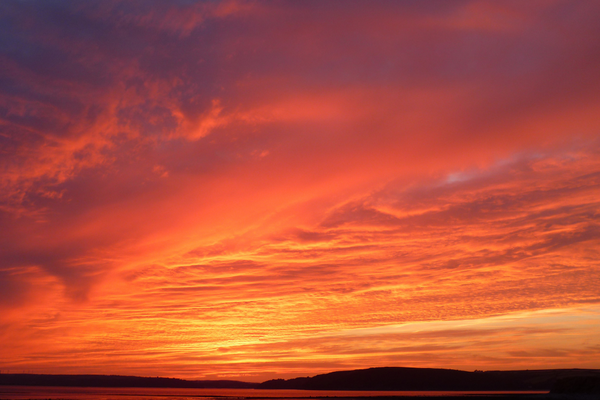A December Fog Will Freeze A Dog

*Please note this competition has now closed.*
The correct answer was December 1890 and the weather record was was central London going the whole month with no sunshine measured at all. No other place in the UK has gone through a totally sunless month.
5 minute read
The Great Smog December 6th –9th 1952 A guest blog post by Ian Currie
In the eighteenth and nineteenth centuries London was known for its “old particulars”. Countless chimneys belched forth smoke from coal fires and mixed with a water fog to give a very unpleasant London fog. However the diarist John Evelyn in the 1670’s described the atmosphere in London on some days as being ‘eclipsed with such a cloud of sulphur as the sun itself is hardly able to penetrate. Another of his descriptions mentioned ‘fuliginous and filthy vapour’. During the nineteenth century one of the worst was late December 1813 when the city ground to a halt. It took seven hours for the Birmingham Mail Coach to travel to Uxbridge and even the Prince Regent had to return to London when his coach took several hours to travel only a few miles to Kentish Town. In December 1873 fog persisted for a week and the mortality rate rose to 40 percent above the average. This year had 74 days with fog though there was no standard definition of visual range and varied according to the observer.
After the First World War fog was defined as visibility less than 1100 yards, now 1000 metres. As London increased in size during the twentieth century so did the pollution and choking smogs continued with unpleasant regularity. Late November 1948 fog lasted 4 days. Traffic came to a standstill with many cars abandoned. The foul air caused around 800 deaths over and above the average mortality rate.
The worst outbreak of smog in the twentieth century and one that triggered much discussion in Parliament about smoke control was in December 1952. The level of sulphur dioxide rose to ten times the normal and various estimates put the number of weather induced deaths at 4000 in the London area. Filters at the National Gallery became clogged up by a particulate concentration 50 times the normal rate. It was reported that some cattle at Smithfield Market were asphyxiated.
As often in a major weather event several factors acted together to produce such deadly consequences. November 1952 had been wet in London, 40 per cent above average. November was the coldest November since 1925 and it continued cold in early December. Night minima hovering around -5c in many places and failed to rise above freezing on the 6th. It was a Weekend and fires were burning in many a hearth. An area of high pressure had spread in from the northwest and became stationary over Southeast England. Winds were calm and the moisture available initially led to a water fog. But this soon became more and more polluted. A typical inversion or reversal of the normal fall of temperature with height occurred that acted like a lid trapping the fog and pollutants beneath. The sun has very little power at this time of year to heat the surface and disperse any fog. The urban pollution provided an abundance of nuclei for the formation of water droplets making them smaller and more concentrated thus producing visibility as low as 5 metres in places. Once formed it was slow to clear. At Kingsway in central London 114 hours of continuous fog was recorded from the 5th to the 9th with 69 hours categorised as dense with a visibility of less than 50 metres.
The fog was so thick that crossing the road disorientated some people and it even penetrated buildings. People could not see the stage from the balcony at the Festival Hall. A performance at Sadler’s Wells theatre was suspended for this reason. One person working at a factory in west London was lost for several hours having gone astray on his way to the staff canteen. Transport was chaotic with air traffic suspended, trains cancelled and river travel halted. One person though found a novel way of making money by selling cans of genuine London fog and he did a brisk trade.
The fog at times was quite low lying with some of the higher parts surrounding the capital especially to the south of London enjoying fine weather. Walkers out on the North Downs at Ranmore near Dorking in Surrey had an exhilarating ramble in bright sunshine.
Clean air was very much the debate after the Christmas recess in Parliament. In spite of pollution being regarded as a problem way back in 1306 when in the reign of Edward 1st the burning of sea coal was prohibited due to its deleterious effects to health there had been little progress since and much more needed to be done. MPs clamoured for urgent action. The loss of life directly attributable to the smog led to the appointment of the Beaver Committee and eventually the Clean Air Act of 1956 which restricted emissions of smoke from domestic fires. Bituminous coal was prohibited and as a result since 1960 smoke concentrations reduced by 80 per cent. However some of this would have occurred anyway due to the use of natural gas, oil and electricity for heating and industry. Also Inner London’s population was decreasing and industry moving away. Nonetheless the Clean Air Act must be regarded as a very significant piece of legislation which has saved many lives. London now for instance has 75 per cent more sunshine during winter than a hundred years ago.
Competition Question: My question to obtain a free copy of Weather Eye issue number 39 for three lucky winters is: Central London holds an unenviable weather record that has stood for a considerable time that no other place in the UK has matched. A clue is December. What is it and when did it occur?
To enter, email sales@metcheck.co.uk with your name, address and answer. The first three correct answers will win a copy of Weather Eye issue 39.
Winners will be notified via email. UK entrants only.
Metcheck would like to thank Ian Currie for contributing this article to our blog and recommend taking a look at www.frostedearth.com, a fantastic resource for all weather enthusiasts.
Also in Metcheck News

Spotting the Signs of Early Autumn Weather
The UK shows the first signs of autumn. Cooler nights and breezier days signal the seasonal shift. Learn how to spot and track these changes.

Lightning Detector Guide for Outdoor Safety
The StrikeAlert Personal Lightning Detector spots lightning up to 40 miles away, giving clear alerts and storm direction to keep you safe outdoors.

Five UK Weather Myths That Might Be True
From red skies to quiet bees, we’re unpacking five classic UK weather myths, some true, some not quite. Which ones can you trust?
